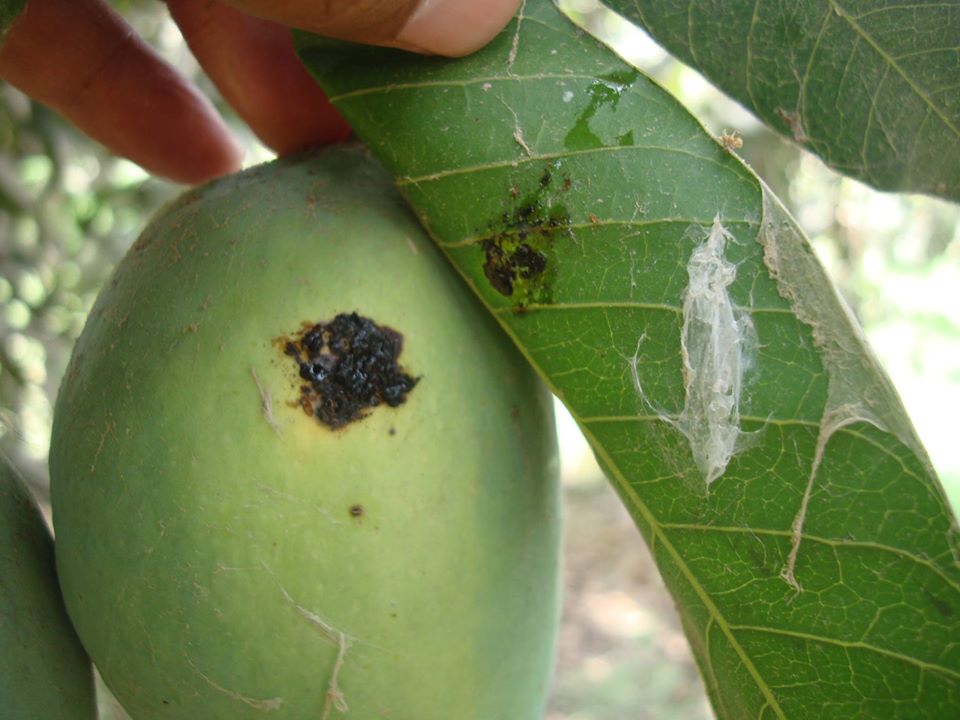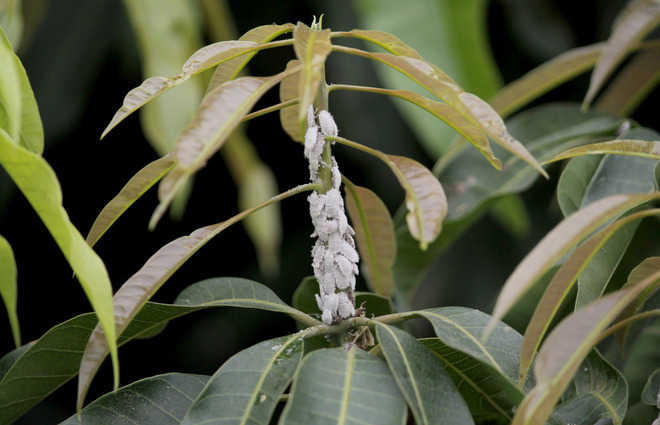Skip to content
- The adult of this insect is in the form of moths, with front wings dark brown and hind wings white-gray.
- This insect lays eggs on the fruit, from which the larvae enter and eat the fruit.
- The head of this larva is black and the body is pale pink color, which turns red-brown in color.
- In starting, these larvae scrape off the peel of the fruit, which causes crust-like spots. Later they enter.
- Black penetration holes are seen in the affected fruits from which pulp and juice come out.
- Its infestation starts from the pea size of the fruit to fruit matures.
Collect and destroy the affected fruit.
- Spray neem oil or neem based insecticides with 5 ml per liter of water at an interval of 15 days should be done from the stage of fruit formation. Or
- Mix 1 ml deltamethrin 2.8 EC per liter of water and spray it at an interval of 15 days.
- Spray 20 ml lambda cyhalothrin 4.9% EC with Beauveria bassiana 75 gm in 15 liters of water.
Share
- This insect secretes honeydew, above which harmful fungi develop and interrupt photosynthesis process.
- Both nymph and adult females of this pest cause a lot of damage to the crops, they harm the mango crop by sucking the juice of fruits, blossoms and branches.
- The female insect lays eggs in the soil near the roots of the tree.
- Weeding and cleaning should be maintained around the tree. In summer, the gardens should be left well ploughed so that the female and eggs of this insect are destroyed by birds and strong sunlight.
- Thiamethoxam 12.6% + Lambda Cyhelothrin 9.5% ZC 80 gm or 35 ml chlorpyrifos with Verticillium 75 gm or beauveria bassiana 75 gm per 15 liters of water and sprayed on mango shoots, mango blossom, mango fruit.
Share


